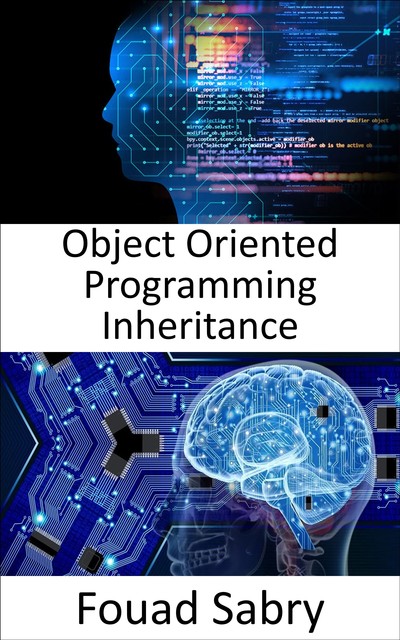What Is Object Oriented Programming Inheritance
In object-oriented programming, inheritance refers to the process of building one object or class off of another object or class while preserving the functionality of the original object or class. The formation of a hierarchy of classes can also be characterized as the process of deriving new classes from existing ones, such as a super class or a base class, and then organizing those classes into a hierarchy. An object that is generated through inheritance, known as a “child object,” inherits all of the characteristics and actions of its “parent object,” with the following exceptions: the constructors, destructors, overloaded operators, and friend functions of the base class. This is the case with the majority of class-based object-oriented programming languages. Inheritance gives programmers the ability to construct classes that are built upon existing classes, to specify a new implementation while preserving the same behaviors, to reuse code, and to independently extend original software via public classes and interfaces. Inheritance also enables programmers to create classes that are built upon existing classes. A directed acyclic graph is produced when the relationships between objects or classes are established through inheritance.
How You Will Benefit
(I) Insights, and validations about the following topics:
Chapter 1: Inheritance (object-oriented programming)
Chapter 2: Class (computer programming)
Chapter 3: Method (computer programming)
Chapter 4: Object (computer science)
Chapter 5: Class-based programming
Chapter 6: Method overriding
Chapter 7: Interface (Java)
Chapter 8: Object-oriented design
Chapter 9: Object-oriented programming
Chapter 10: Multiple inheritance
(II) Answering the public top questions about object oriented programming inheritance.
(III) Real world examples for the usage of object oriented programming inheritance in many fields.
(IV) 17 appendices to explain, briefly, 266 emerging technologies in each industry to have 360-degree full understanding of object oriented programming inheritance' technologies.
Who This Book Is For
Professionals, undergraduate and graduate students, enthusiasts, hobbyists, and those who want to go beyond basic knowledge or information for any kind of object oriented programming inheritance.


